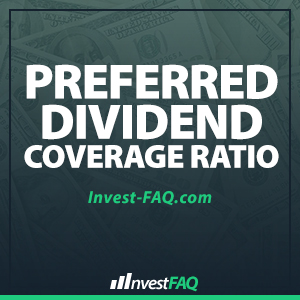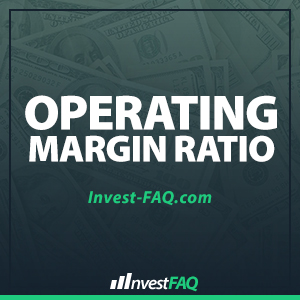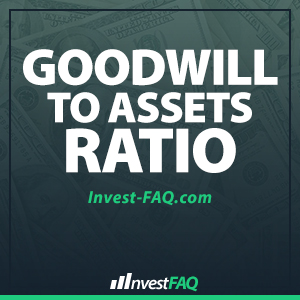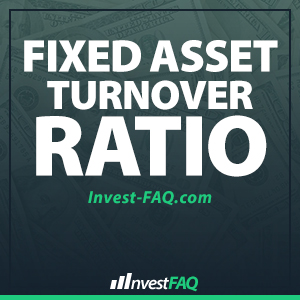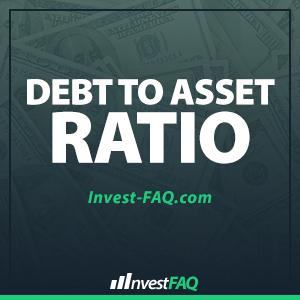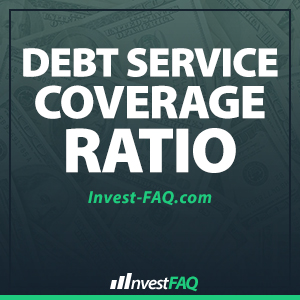The Price to Sales ratio, also known as the P/S, is a valuation metric employed to determine how much investors are willing to pay for each $ of sales. Even though sales along don’t necessarily indicate profitability, a company that can produce steady sales throughout time will often be granted with a higher P/S than
Category: Financial Statement Analysis
Price to Cash Flow Ratio
The Price to Cash Flow ratio, also known as the P/CF, is a valuation metric employed to determine how much investors are willing to pay for each dollar of cash flow generated by the business. A company’s cash flow generation capacity is a strong indication of its profitability, therefore a business that has the ability
Preferred Dividend Coverage Ratio
The Preferred Dividend Coverage Ratio is a measure that tracks a business capacity to pay for its preferred dividends. This metric employs the company’s annual net income to estimate how many time that income covers the payment of such dividends. The higher the coverage ratio, the more capable the company is to cover for these
Operating Margin Ratio
The Operating Margin Ratio is a metric that results from dividing the Net Operating Income by the business’ net sales, in order to estimate the percentage of the revenues that the company earns after it has covered the cost of goods sold and all its operational expenses such as rent, payroll, utilities, depreciation and amortization.
Goodwill to Assets Ratio
Goodwill to assets ratio is a metric that indicates the percentage of a business assets that is comprised by goodwill paid for assets acquired above their historical or market value. It is also an indication if the company has been buying other companies as part of its growth strategy, as the goodwill account records the
Free Cash Flow (FCF)
Free Cash Flow (FCF) consists of all the earnings produced by a business that are available to invest in new ventures or reduce its debt. It is essentially derived from the company’s net earnings plus depreciation and amortization charges for the time period (as these are not cash expenditures) minus capital expenditures, which are investments
Fixed Charge Coverage Ratio
The fixed charge coverage ratio measures a business capacity to cover its interest, leases, insurance premiums and other fixed expenses that consist in a recurring financial obligation for the company. The ratio is stated in times, which means that the result of the calculation can be read as X times covered. A company with a
Fixed Asset Turnover Ratio
The Fixed Asset Turnover Ratio is a measure that reflects how much in sales a company has been able to produce with its current fixed assets. It is an important metric for manufacturing and capital intensive businesses whose sales rely heavily on the performance and efficiency of its fixed assets. What is the Fixed Asset
Debt to Asset Ratio
The debt to asset ratio is a measure that estimates how much of a company’s assets are financed through debt. It is an important metric that helps in determining the financial structure of a company, which is simply a breakdown of how its assets were financed, either through debt, equity or a mix. The debt-to-assets
Debt Service Coverage Ratio (DSCR)
The Debt Service Coverage Ratio, also known as the DSCR, measure that tracks a business capacity to pay for all its financial commitments that are due within the next 12 months. This metric employs the company’s latest annual cash flow figure to estimate the number of times such amount covers for any upcoming debt obligation,



